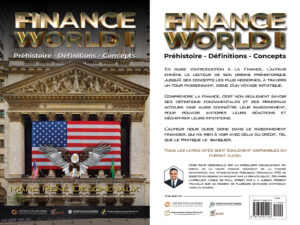SPACOLOGY: is the knowledge and theory of the evolutionary future of SPACs, with new structures designed with specific purpose, invented by Marc René Deschenaux, and put into practice by the partnership of Swiss Financiers, Inc.
This evolution of new forms of SPACs includes the:
MasterSPAC: a SPAC that, instead of merging with target companies, acquires a stake in them and finances their IPOs. Thus capturing the full private to public value creation in the IPOs, a leap in valuation that is typically greatly diminished by merging into a traditional SPAC.
MiniSPAC: a faster SPAC filing process at the Securities & Exchange Commission using the Regulation A+ instead of the S-1, thus limited to USD 75 million, but providing capital and liquidity within half the time of a traditional SPAC process and thereby revolutionizing Venture Capital by generating its missing liquidity for disinvestment.
SPAC Fund: enabling the creation of a fund through a SPAC, allowing the founders not to face the usual institutional investors’ objection “Your investment fund has made a good performance over its five first years, but on a small amount under management; therefore, we do not know how it would perform on a large amount that is our standard investment ticket, that is why we will not invest.”
Co-Sponsorship SPAC: a SPAC allowing the public investors to share in the advantages and upside of being SPAC sponsor.
SPARE: a Special Purpose Acquisition Real Estate vehicle which, after its IPO, goes out to acquire real estate projects, greenfield sites or other acceptable real assets.
SPAIP: a Special Purpose Acquisition of Intellectual Property vehicle which, after its IPO, goes out to acquire intellectual property rights of all kinds, including technologies, patents, movies, music, etc.
Cascading SPAC: a SPAC that establishes an ongoing flow of new issue transactions by committing proceeds from its IPO to fund the expenses of two subsequent IPO or SPAC IPO transactions, each of which will in turn make the same commitment to fund two more new issues with the same obligation, and so on, thus creating a perpetual cascade of transaction expense funding for new public issues.

















